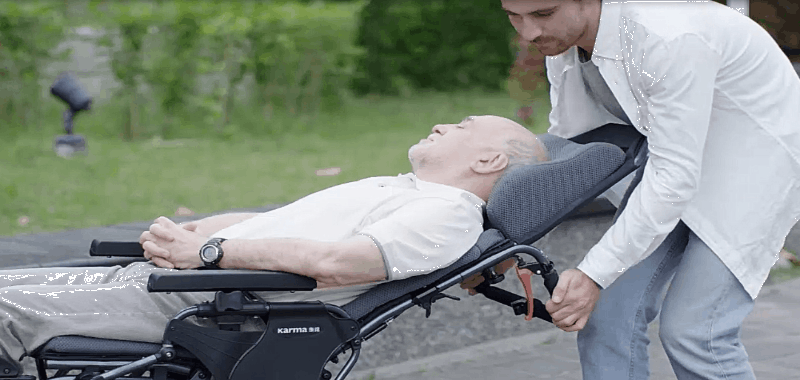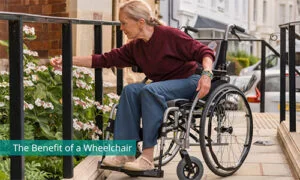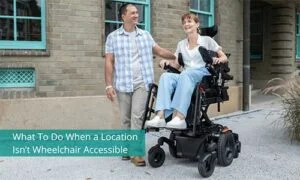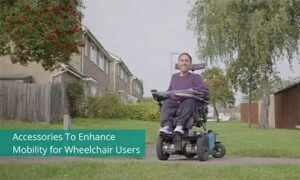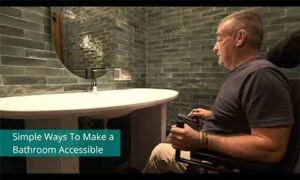When someone has suffered from a stroke, friends and family want to know how they can help. The best time to look for aids is when the patient’s condition has finally stabilised and improved. At this time, choosing the right wheelchair for a stroke patient will impact the effectiveness of rehabilitation.
However, no “one” wheelchair is suitable for all stroke patients! Everyone has different symptoms, residual function, and lifestyles after having a stroke.

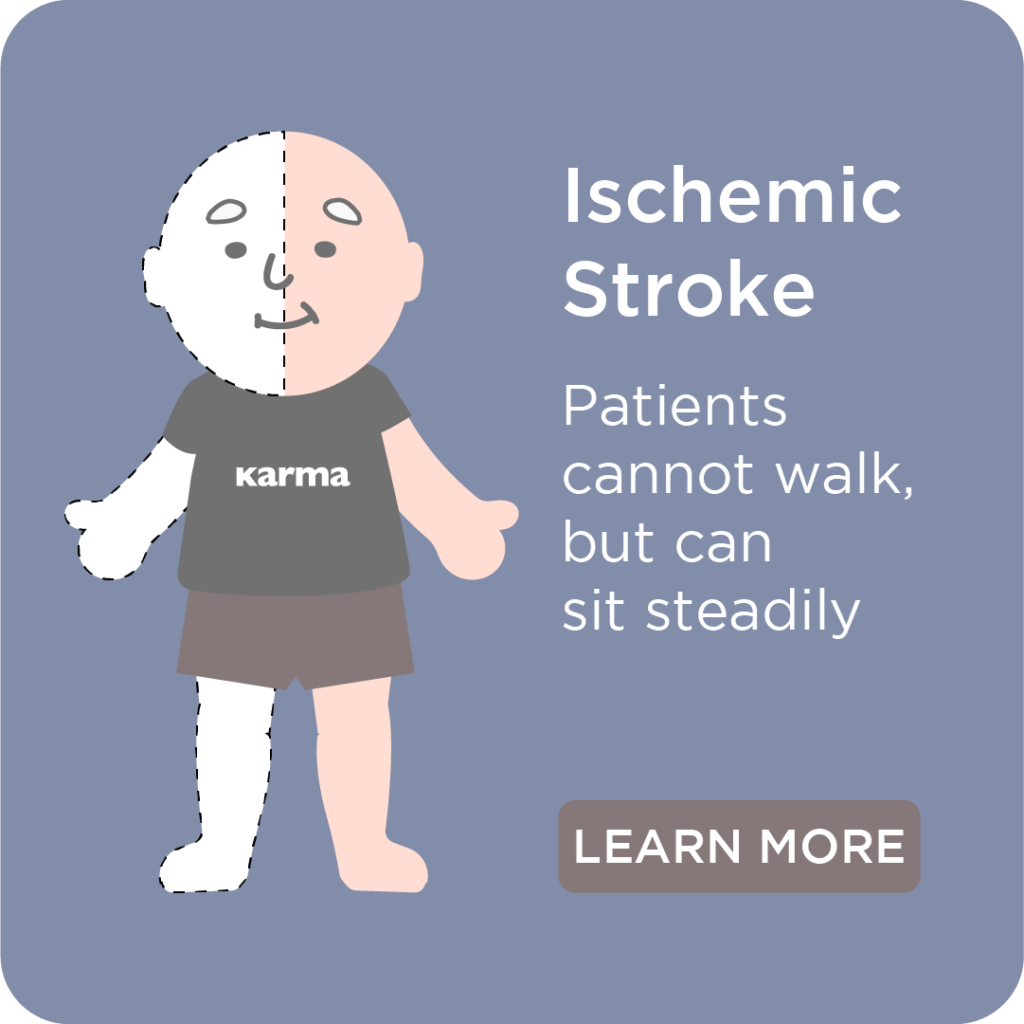
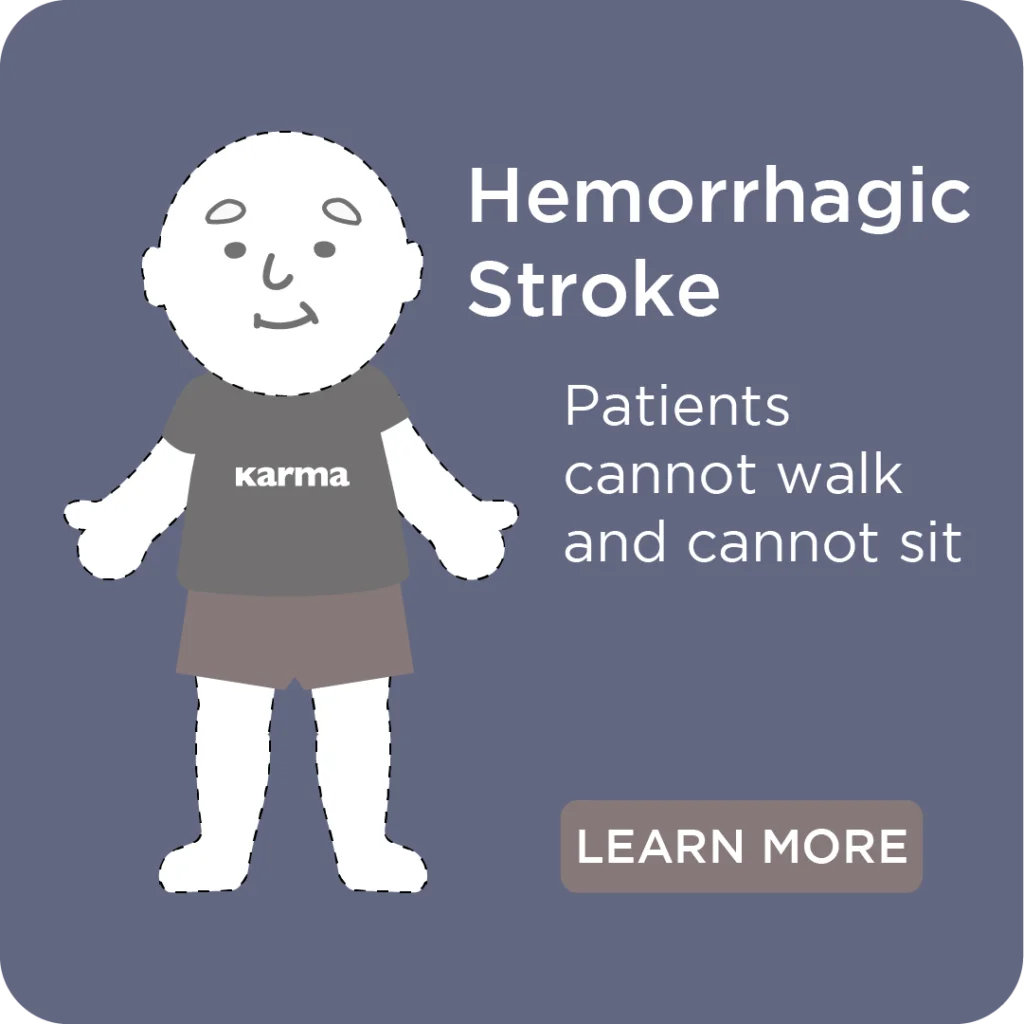
The different types of strokes and levels of mobility. Source: About Wheelchair Blog
The patient is able to walk, but not far
For stroke patients at this level, movements such as sitting, standing, and walking are not greatly affected, but the speed and balance coordination are slightly worse. In this case, a lightweight aluminum wheelchair is recommended.
The patient can also use a large-wheeled (self-propelled) wheelchair to promote physical activity if they have the upper body strength. However, if a patient cannot propel themselves, a wheelchair with small wheels (attendant propelled) is lighter and easier to carry for the caregiver.
While the patient is using a crutch or walkers during rehabilitation, make sure to remember the principles of walking “Slow and Steady” and “Safety First”.
The patient cannot walk but sits steadily
When a patient is paralyzed, the main goal is to restore their walking ability; therefore, a folding wheelchair that will allow the user to shift easily is required. Such wheelchairs are equipped with removable arm and footrests that can free up space, allowing the user to use their non-paralyzed arm and foot to operate and propel the wheelchair.
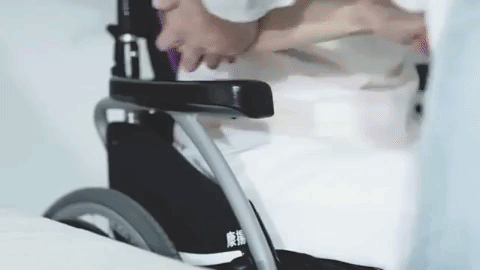
The flip-back armrests and detachable footrests make getting in and out of the wheelchair easy! Source: Karma Medical S-Ergo 125
1. Outward Rotating Footrests.
Being able to rotate the footrests outwards as well as inwards will aid effective rehabilitation for stroke patients. When a footplate is removed, propelling the wheelchair is much easier. Check out this video demonstrating what we mean.
2. Lower Seat Adjustment.
Lowering the wheelchair’s seat makes it easier for the user’s feet to reach the ground. This makes it easier to move in and out of the chair as well as propelling the chair.
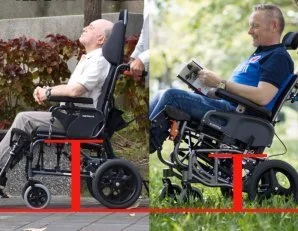
The lower the seat height, the easier it is for the patient to use their feet. Source: Karma Medical
If a stroke has affected the lower body, then sometimes restoring a patient’s ability to walk is not possible. In this case, it might be time to consider an electric wheelchair. An electric wheelchair will allow the user to travel longer distances and have a sense of independence. To operate a wheelchair, the user needs some motor function, and good cognitive and visual abilities. Make sure to consult a professional physical therapist or talk to a wheelchair consultant.
When a patient cannot walk and cannot sit independently
These are patients with more severe symptoms and less motor function as a result of a stroke. When the user is in a wheelchair and they cannot hold their upper body or head steadily. Then we recommend a wheelchair with high-back support. Consider the following:
- Can the user hold up their head and neck independently? If yes, we recommend a reclining wheelchair.
- The user cannot sit up straight independently, they might slide out of the chair or lean to one side due to being paralysed:Then we recommend a ‘Tilt-in-Space’ wheelchair.
- The user is completely unstable and needs to use the wheelchair long term: Then we recommend the reclining and ‘Tilt-in-Space” 2-in-1 wheelchair.
Another factor of the patient to consider is the strength of the hip joint.
- For users who are unable to sit up because of weak hip joints, using a reclining wheelchair will allow the user to relax their body whilst still maintaining stability.
- If the user has hip joint contracture, the reclining wheelchair can be used to adjust the seat to back angle to increase the user’s sitting stability. If the user only has hip joint contracture then a wheelchair with an adjustable back is sufficient.
- Some patients have no control of their hip joints, i.e. they cannot move their own buttocks to re-adjust their sitting position, then they need a ‘Tilt-in-Space’ wheelchair. This wheelchair allows the caregiver to tilt the user back without constantly adjusting the users seating position. This relieves the pressure on the joints and distributes the body weight evenly.
- Some patients lose control of the majority of their motor functions preventing them from both sitting independently and adjusting their posture. If the user is going to spend every day in a wheelchair, then we recommended that the patient uses a wheelchair that both reclines and tilts-in-space. The combination of these features will offer the most comfortable wheelchair experience for the user and make tasks easier for the caregiver.

VIP2 is the 2-in-1 positioning wheelchair with both Tilt-in-Space and Recline functions. Source: Karma Medical YouTube: VIP2 – Tilt & Recline Wheelchair
To Summarise
There is no best wheelchair, only the most suitable one! We have summarised the wheelchairs mentioned so you can get to know which wheelchair is most suited to your stroke patient. We hope that you can find the most suitable wheelchair!
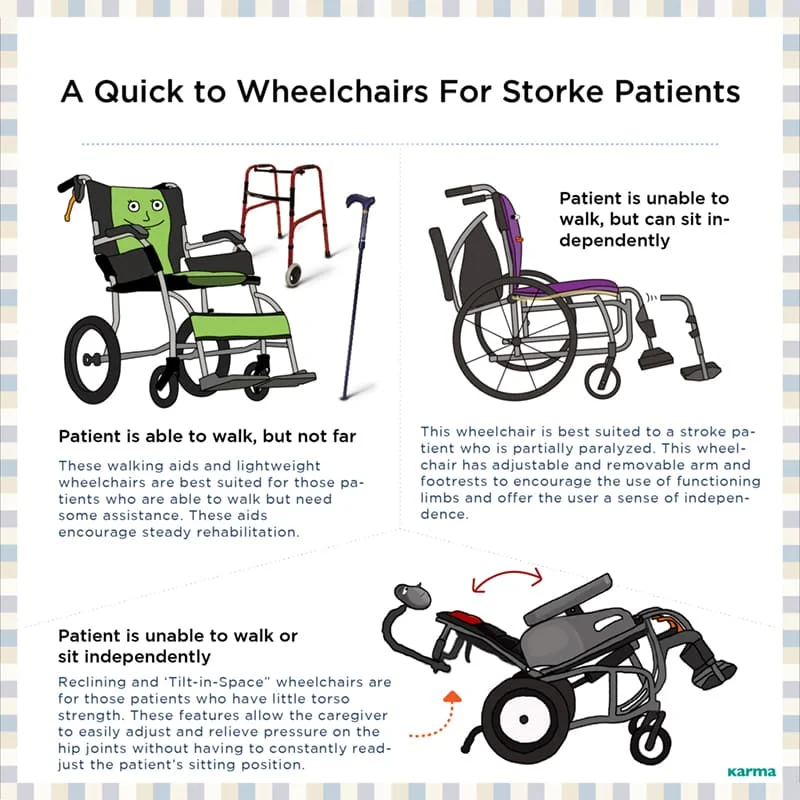
An overview of how to choose a manual wheelchair. Source: About Wheelchair Blog
Keep Reading

 Global
Global
